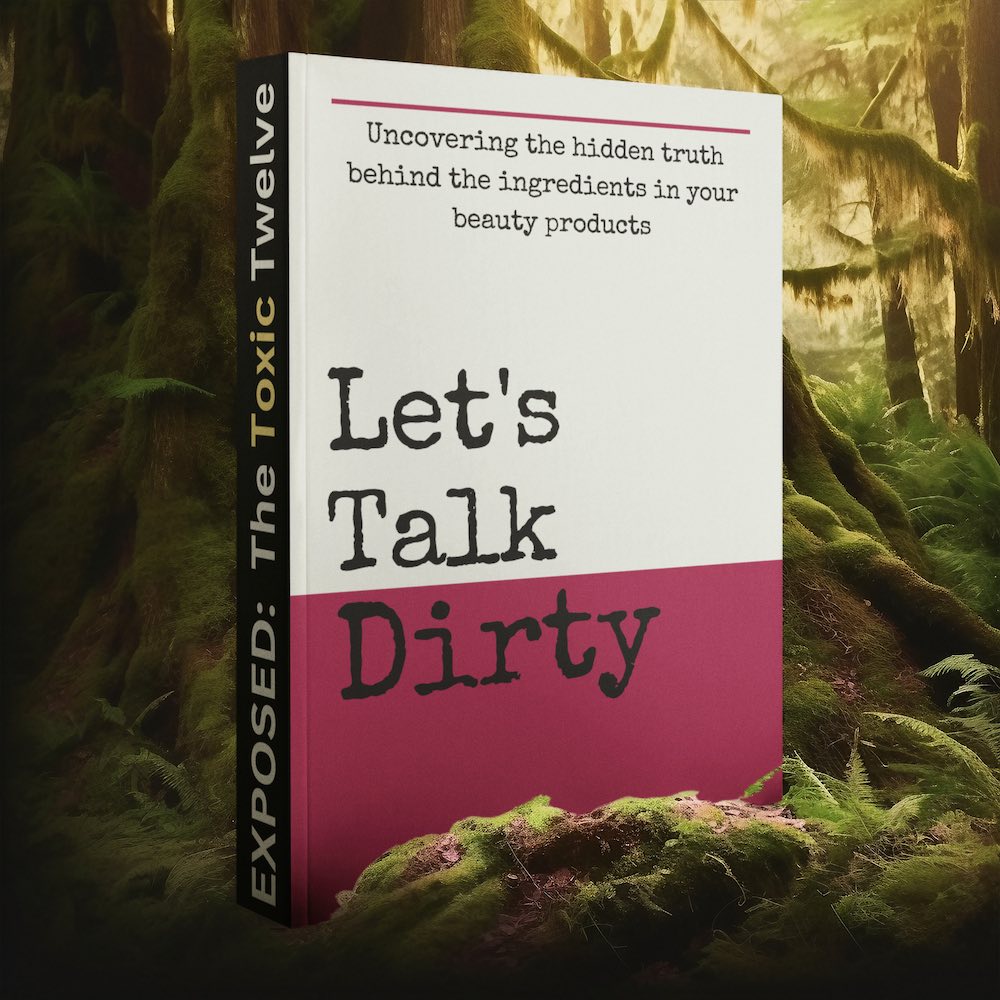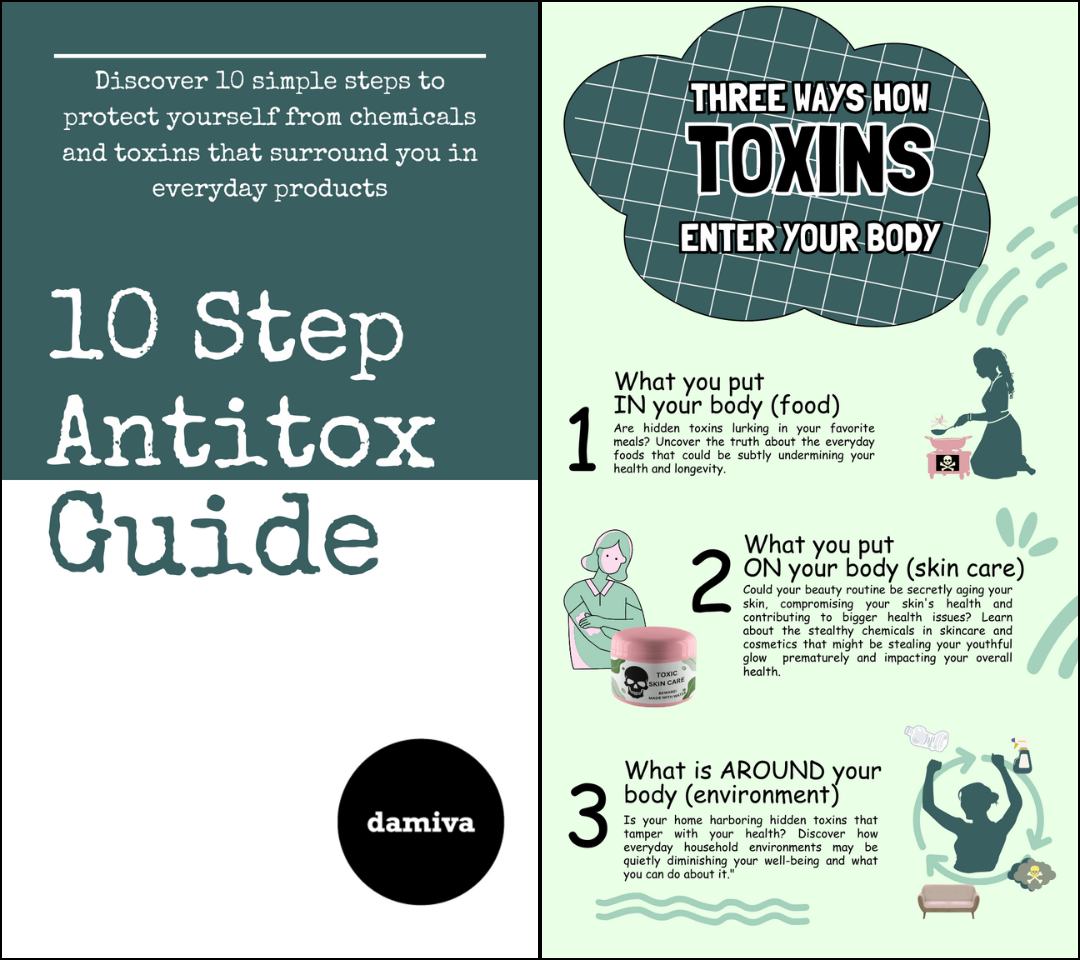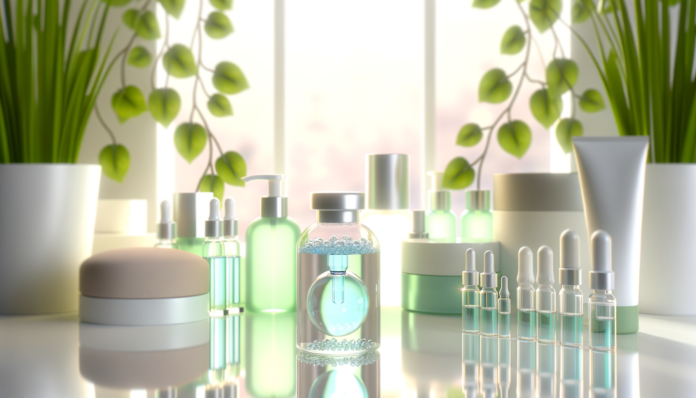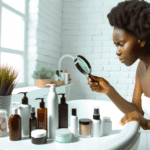Introduction to PFOA
What is Perfluorooctanoic Acid (PFOA)?
Perfluorooctanoic Acid, commonly known as PFOA, is a synthetic, stable perfluorinated carboxylic acid and fluorosurfactant. It is one of the most prominent members of a broad class of compounds referred to as per- and polyfluoroalkyl substances (PFAS). PFOA has been widely used in industrial applications and consumer products such as non-stick cookware, stain-resistant fabrics, and food packaging due to its resistance to heat, water, and oil.
Historical Use of PFOA in Consumer Products
Historically, PFOA has been utilized for its unique ability to repel oil and water, making it a key ingredient in the manufacture of a variety of consumer goods. Its applications ranged from providing non-stick properties to cookware to creating waterproof surfaces on textiles. The widespread use of PFOA began in the mid-20th century and continued for decades, with millions of pounds produced and used annually.
The Shift in Perception of PFOA Safety
Initially considered safe, the perception of PFOA has dramatically shifted as scientific research uncovered its potential health risks and environmental persistence. Studies have shown that PFOA can remain in the environment and the human body for extended periods, leading to concerns over its potential to cause adverse health effects. This has prompted increased scrutiny and calls for regulation.
Current Regulations on PFOA
In response to growing health concerns, several countries and regulatory agencies have taken steps to limit the production and use of PFOA. The United States Environmental Protection Agency (EPA) has established voluntary phase-out programs with manufacturers, and the substance has been added to the Stockholm Convention on Persistent Organic Pollutants, which guides international efforts to eliminate or restrict the production and use of persistent organic pollutants. Current regulations aim to reduce the environmental and health impacts of PFOA by limiting its release into the environment and phasing out its use in consumer products.

Do you have the most commonly used but toxic, disease bringing chemicals in your skin care? Many chemicals in skincare are hormone disruptors and make menopause symptoms worse.
Find out more…
PFOA in Beauty Products
Common Beauty Products Containing PFOA
Perfluorooctanoic Acid (PFOA), a type of per- and polyfluoroalkyl substance (PFAS), has been detected in a variety of beauty products. These include, but are not limited to, bronzers, concealers, foundations, shaving creams, sunscreens, and moisturizers. The presence of PFOA and other PFAS in these products is concerning due to their ability to persist in the environment and accumulate in the human body.
How PFOA Enters Beauty Products
PFOA can enter beauty products as a direct ingredient or as a byproduct of other ingredients that degrade into PFOA. For instance, ingredients such as C6-16 perfluoroalkyl ethyl phosphates, perfluorooctyl triethoxysilane, and perfluorobutyl ethers have been found to contain or degrade into PFOA. Despite regulations, some products have been found to contain PFOA at levels significantly higher than what is considered incidental, indicating a lack of oversight in the industry.
The Role of PFOA in Cosmetic Performance
PFOA and related PFAS are valued in the cosmetic industry for their unique properties. They are used to create products that are waterproof, long-lasting, and spread smoothly over the skin. These characteristics are particularly desirable in products like sunscreens and foundations, which are expected to provide durable coverage and resist wear throughout the day.
Labeling and Identification of PFOA in Products
Identifying PFOA in beauty products can be challenging for consumers due to inconsistent labeling practices. While some retailers, such as Sephora, indicate when PFAS chemicals are present, many products on the market do not provide clear labeling. The Canadian Cosmetic Ingredient Hotlist, which contains ingredients prohibited in cosmetics, does not currently list PFAS, including PFOA. This lack of transparency makes it difficult for consumers to make informed decisions and avoid products containing these potentially harmful chemicals.
Consumers are encouraged to scrutinize product labels and opt for brands that explicitly exclude PFAS from their formulations. As awareness grows, the demand for PFAS-free products is likely to increase, prompting more brands to reformulate their products and provide clearer labeling to meet consumer expectations for safety and transparency.

Popular Read: Endocrine Disruptors in Skincare: What You Need to Know
Health Risks Associated with PFOA
Research on PFOA and Health Outcomes
Extensive research has been conducted to understand the health implications of exposure to Perfluorooctanoic Acid (PFOA). Studies encompass both laboratory experiments and epidemiological investigations. In laboratory settings, animal studies have demonstrated that exposure to PFOA increases the risk of developing tumors in organs such as the liver, testicles, mammary glands, and pancreas. Human studies have focused on populations living near or working in PFOA-related chemical plants, revealing associations with increased risks of testicular and kidney cancers. However, the evidence linking PFOA to other forms of cancer, including thyroid, prostate, bladder, breast, and ovarian cancer, remains inconclusive and necessitates further research.
Potential Endocrine Disruption
PFOA is suspected of acting as an endocrine disruptor, interfering with hormone function and regulation. The compound’s stability and persistence in the environment and the human body raise concerns about its potential to disrupt endocrine pathways over prolonged periods. Research indicates that PFOA may affect thyroid hormone levels and signaling, which are critical for metabolism, growth, and development.
Links to Cancer and Other Diseases
The International Agency for Research on Cancer (IARC) has classified PFOA as “carcinogenic to humans” (Group 1), based on sufficient evidence of its ability to cause cancer in laboratory animals and strong evidence of carcinogenic properties in humans. The U.S. Environmental Protection Agency (EPA) has not officially classified PFOA’s carcinogenicity but acknowledges “suggestive evidence of carcinogenicity.” The association between PFOA exposure and the development of certain cancers, particularly testicular and kidney cancer, is supported by limited evidence in humans, while the link to other cancers requires further clarification.
Risks for Specific Demographics (e.g., Post-Menopausal Women)
Some demographics, such as post-menopausal women, may face heightened risks associated with PFOA exposure. Research suggests that these individuals could be more susceptible to the endocrine-disrupting effects of PFOA, potentially leading to adverse health outcomes. The risks may be compounded by factors such as hormonal changes, making it imperative to understand the unique vulnerabilities of specific population groups.
In conclusion, while the body of evidence continues to grow, it is clear that PFOA poses significant health risks. Ongoing research is essential to fully elucidate the extent of these risks and to inform regulatory actions aimed at protecting public health.

Feeling You Have a Right to Safe Beauty & Fem Care?
If so, it may be time for a change. It starts with knowledge. We have a few suggestions in our new guides.
Consumer Awareness and Concerns
Public Perception of Chemicals in Beauty Products
The inclusion of chemicals in beauty products has long been a topic of public debate. With increasing scientific scrutiny, substances like Perfluorooctanoic Acid (PFOA) have come under the spotlight. Consumers are becoming more aware of the potential health risks associated with chemical-laden cosmetics and are demanding greater transparency. The knowledge that PFOA, a persistent and bioaccumulative compound, is present in some beauty products has led to a shift in consumer behavior, with many seeking out safer alternatives.
The Demand for Transparency and Safety
As the evidence mounts against the safety of PFOA, consumers are calling for clearer labeling and stricter regulation of beauty products. There is a growing demand for products that are not only effective but also free from harmful chemicals. This has led to a surge in the popularity of “clean beauty” and “non-toxic” labels, although the definitions of these terms remain vague. Consumers are advocating for the beauty industry to adopt more stringent safety standards and for regulatory bodies to enforce these standards to protect public health.
Navigating Misinformation and Fear
With the proliferation of information online, consumers face the challenge of distinguishing between credible sources and misinformation. The fear of chemical exposure can be exacerbated by sensationalized reports, leading to confusion and mistrust. It is crucial for consumers to rely on peer-reviewed research and official guidelines when assessing the safety of beauty products. Educational initiatives and clear communication from health authorities can help guide consumers through the complex landscape of cosmetic safety.
Community and Support Networks
Amidst growing concerns, communities and support networks have emerged, providing platforms for sharing information and experiences related to chemical-free living. Online forums, social media groups, and consumer advocacy organizations play a pivotal role in raising awareness and empowering individuals to make informed choices. These networks also pressure manufacturers to reformulate products and encourage the development of safer alternatives, reflecting a collective effort to promote health-conscious consumerism.
In conclusion, the presence of PFOA in beauty products has raised significant health concerns among consumers. The public’s demand for transparency and safety is reshaping the beauty industry, as more individuals seek out products free from harmful chemicals. Navigating misinformation remains a challenge, but community support networks are instrumental in fostering informed decision-making and advocating for safer beauty standards.
Alternatives to PFOA in Beauty Products
Natural and Organic Product Trends
As awareness of the potential health risks associated with Perfluorooctanoic Acid (PFOA) grows, consumers are increasingly turning towards natural and organic beauty products. These products are formulated without synthetic chemicals and PFOA, instead relying on ingredients sourced from nature. The trend towards organic beauty is not just a fad but a response to the demand for safer, more sustainable products. Brands are now highlighting the use of plant-based ingredients, essential oils, and minerals, which are perceived as gentler on the skin and the environment.
Innovations in PFOA-Free Cosmetics
Innovation in the beauty industry has led to the development of PFOA-free cosmetics. These products maintain the performance consumers expect, such as long-lasting wear and water resistance, without the use of harmful PFAS chemicals. Innovations include the use of natural waxes and oils that provide a barrier against moisture, and new formulations that leverage the latest in green chemistry to deliver products that are both effective and safe.
How to Identify and Choose Safer Products
Identifying and choosing safer beauty products can be challenging due to complex ingredient lists and unclear labeling. To avoid PFOA and related chemicals, consumers should:
- Look for products labeled as “Chemical-Free” or “PFOA-free” or “PFAS-free”.
- Be cautious of claims like “long-lasting” or “waterproof” as they may indicate the presence of PFAS.
- Read ingredient lists and avoid products with ingredients that include “fluoro” or “perfluoro”.
Do you know the 3 main ways how your body is exposed to harmful chemicals, which affect your hormones, your thyroid, health and beauty?
If not, it may be time to learn about them. It takes about 1-2 minutes.
We have a few suggestions how to avoid these silent health and immune system killers in our new guide.

Detoxification and Mitigation Strategies
Reducing Exposure to PFOA
Reducing exposure to Perfluorooctanoic Acid (PFOA) is a critical step in mitigating its health risks. To achieve this, individuals can take several proactive measures:
- Choose water-free cosmetics: If you want to stay on the safe side, opt for water-free products because they can be made without chemicals, which are detrimental to your health. Water-based products need preservatives like alcohol, parabens and other chemicals to prevent bacteria and microbes grow in the product because water is a breeding ground for bacteria.
- Avoid products containing PFOA: Opt for PFOA-free consumer products, including non-stick cookware, stain-resistant fabrics, and water-repellent clothing.
- Check water sources: If PFOA contamination is suspected in local water supplies, use certified water filtration systems capable of reducing PFOA levels.
- Be mindful of food packaging: Minimize the use of packaged foods, especially those with grease-resistant coatings, which may contain PFOA.
Detoxification Methods for Chemical Exposures
Detoxification from chemical exposures like PFOA involves supporting the body’s natural elimination processes:
- Enhanced Metabolic Detoxification: Engage in dietary practices that support liver function and enhance metabolic detoxification pathways.
- Use of Binders: Consider the use of toxin binders, such as activated charcoal, under medical supervision to aid in the absorption and elimination of chemicals from the gastrointestinal tract.
Lifestyle Changes for a Chemical-Free Life
Adopting a lifestyle that minimizes chemical exposure is essential for long-term health:
- Organic Diet: Consume organic produce and meats to reduce exposure to pesticides and other chemicals.
- Green Household Products: Use natural cleaning and personal care products to decrease the chemical burden in the home environment.
Holistic Approaches to Health and Beauty
Embracing holistic health and beauty practices can contribute to reducing PFOA exposure:
- All-Natural Cosmetics: Choose cosmetics and beauty products that are free from PFOA and other harmful chemicals.
- Stress Reduction: Engage in stress-reduction techniques, such as yoga and meditation, which can improve overall well-being and enhance the body’s resilience against chemical stressors.
By implementing these strategies, individuals can empower themselves to make healthier choices and reduce their exposure to PFOA and other persistent chemicals.
By the way, something for you, a little gift!!!
I am just in the middle of publishing my book. It’s about How women can balance their hormones. One part is about food and diet, of course.
Follow this link and enter your email.
I will send you this part of the book for free once the book is published. It has many concrete, practical tips and recipes and will help you feel better during menopause or times of Big hormonal fluctuations.
Annette, Damiva Lead for Health & Wellness

Conclusion: Empowering Consumers for Healthier Choices
Summarizing the Importance of Awareness
Throughout this article, we have explored the pervasive presence of Perfluorooctanoic Acid (PFOA) in beauty products and its potential health implications. Awareness is the first step towards change. By understanding what PFOA is, its historical use, and the health risks associated with it, consumers can make more informed choices. Knowledge about the current regulations on PFOA allows individuals to recognize the efforts being made to control exposure and the gaps that still exist in consumer protection.
The Power of Informed Decision Making
Informed decision making is a powerful tool for consumers. With the right information, individuals can scrutinize product labels, identify PFOA and related chemicals, and choose alternatives that align with their health and ethical standards. By doing so, consumers not only protect their own health but also drive demand for safer products, encouraging companies to innovate and reformulate. Choosing PFOA-free beauty products is not just a personal choice but a collective statement for health and environmental sustainability.
Encouraging Proactive Health and Beauty Practices
Proactive health and beauty practices go beyond avoiding harmful substances; they involve embracing a lifestyle that prioritizes well-being. This can include seeking out natural and organic beauty solutions, supporting brands that are transparent about their ingredients, and advocating for stricter regulations on harmful chemicals. By adopting a holistic approach to beauty, consumers can contribute to a larger movement towards a more health-conscious society.
Looking Forward: The Future of Beauty Products Without PFOA
The future of beauty products lies in the innovation and widespread adoption of PFOA-free alternatives. As research continues to shed light on the dangers of PFOA and other PFAS, the beauty industry is poised for a transformation. Certifications and seals of approval will play a crucial role in guiding consumers towards safer options. Moreover, as public demand for non-toxic products grows, we can anticipate a market that values transparency and health above all.
In conclusion, the journey towards a PFOA-free beauty regimen is not only about avoiding a single harmful chemical; it’s about embracing a culture of awareness, making informed choices, and advocating for a healthier future. By empowering consumers with knowledge and the means to make healthier choices, we can look forward to a world where beauty products contribute to our well-being without compromising our health.


















